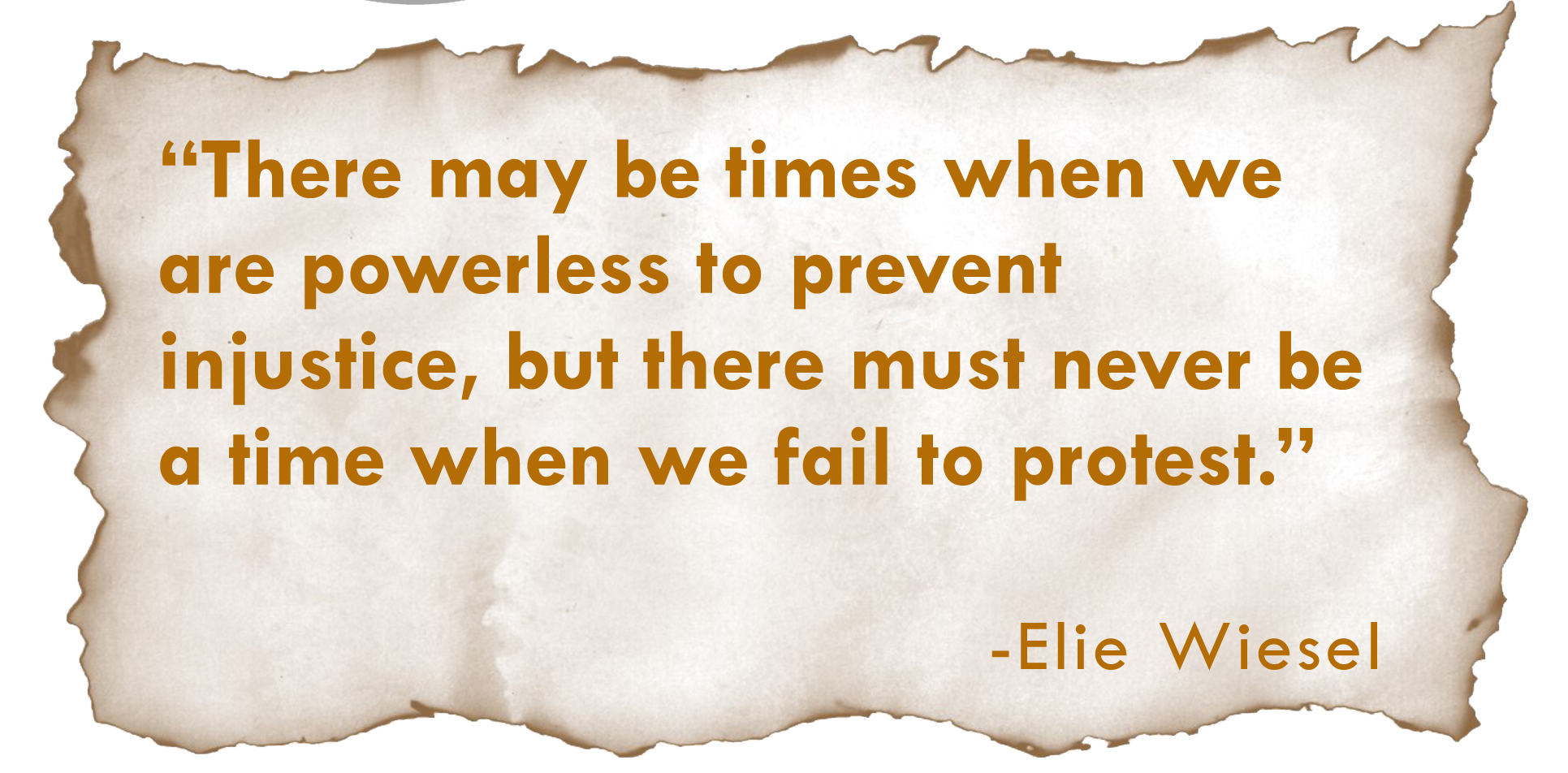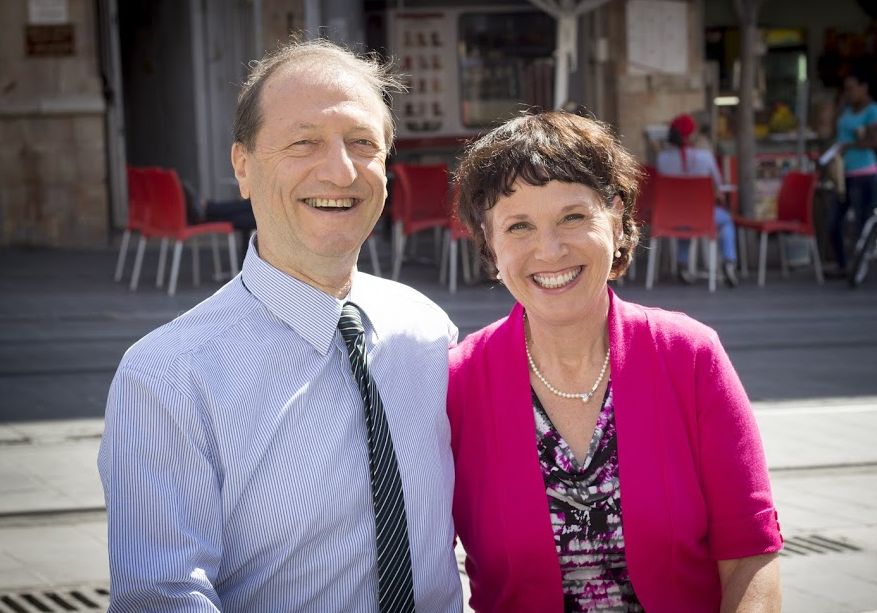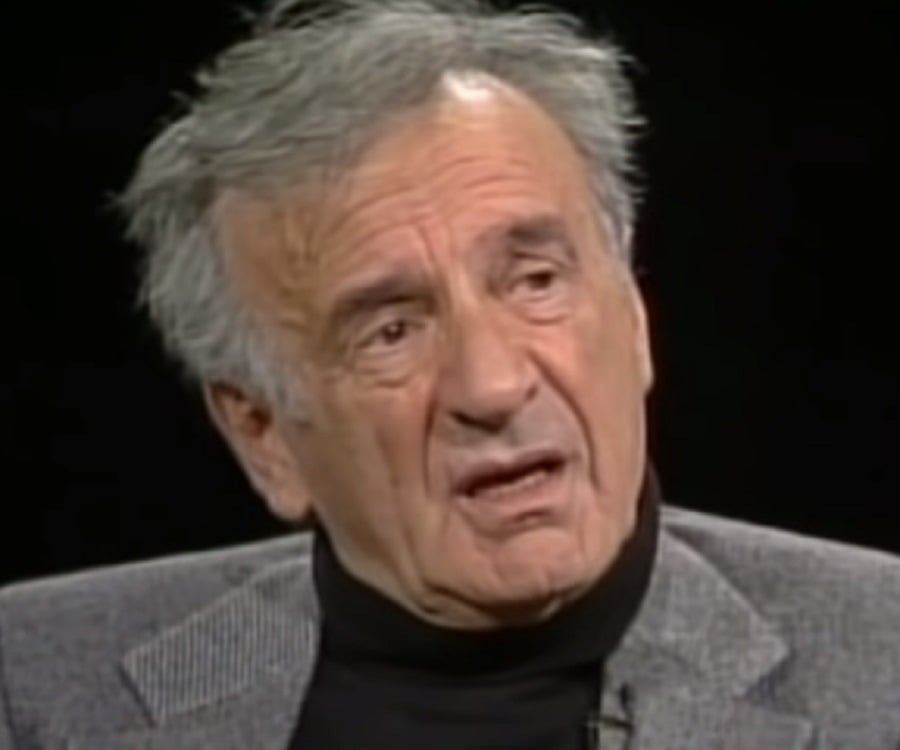Protesting with Hope


Shalom,
Today we at Ulpan-Or commemorated the Holocaust standing and whimpering quietly during the loud siren, when life paused on the streets of Jerusalem and drivers went out of their cars to stand still and remember…
Here is what I had to say today:
https://youtu.be/t6W31_CgkSI
Usually when someone speaks about something that is beyond our comprehension, it refers to ideas related to spirituality, philosophy or the science such as quantum physics.
But today, on the Holocaust remembrance day, thinking of what happened seventy something years ago is absolutely beyond our comprehension.
Only humans could do such unhuman things to other humans…
One of the Holocaust survivors, Katzetnik who testified doing the Eichmann’s trial said: Auschwitz was not the creation of God, it was not the creation of Satan – it was creation of men.
The great Jewish educator Janusz Korczak said that the difference between the cry of the child and the cry of the grown-up is that the child thinks that whatever caused him to cry will never end, while the grown-ups usually think that whatever caused them to cry will end after a while.
I think that today we need to adopt the child’s approach and in lieu of the events that are occurring very close to us here in Jerusalem, when barrels filled with chloride are thrown on children men and women – young and old by the people of the same nation…
When the most of the population in America according to the latest survey doesn’t know without Auschwitz, what it symbolizes or where it is located… and think that whatever caused us to cry is not over yet!
Eli Wiesel wrote “There maybe times where we are powerless to prevent injustice, but there must never be a time when we fail to protest”.
We would add to that – we must continue with the protest with one addition:
Our Hampton “Ha’Tikva” means ‘Hope’ and with the protest while profoundly hoping for better times we need to look into the future!
Listen to my “Holocaust Siren” below.
https://youtu.be/AFJzyGCEcgE
About Janusz Korczak:
In 1939, when World War II erupted, Korczak was the head of an orphanage in the Warsaw ghetto.
On 5 or 6 August 1942, German soldiers came to collect the 192 orphans and about one dozen staff members to transport them to the Treblinka extermination camp.
Korczak had been offered sanctuary on the “Aryan side” by the Polish underground organization Żegota, but turned it down repeatedly, saying that he could not abandon his children. On 5 August, he again refused offers of sanctuary, insisting that he would go with the children.
The children were dressed in their best clothes, and each carried a blue knapsack and a favorite book or toy.
Janusz Korczak was marching, his head bent forward, holding the hand of a child, without a hat, a leather belt around his waist, and wearing high boots. A few nurses were followed by two hundred children, dressed in clean and meticulously cared for clothes, as they were being carried to the altar.
According to eyewitnesses, when the group of orphans finally reached the Umschlagplatz, an SS officer recognized Korczak as the author of one of his favorite children’s books and offered to help him escape.
In another version, the officer was acting officially, as the Nazi authorities had in mind some kind of “special treatment” for Korczak (some prominent Jews with international reputations were sent to Theresienstadt).
Whatever the offer, Korczak once again refused. He boarded the trains with the children and was never heard from again…
About Yehiel De-Nur – Katzetnik
(means “Concentration Camper” in Yiddish):
During World War II De-Nur spent two years as a prisoner in Auschwitz. In 1945, he moved to British-mandate Palestine and became a writer-historian survivor who wrote several works in Hebrew, which stemmed from his experience in the camp, under the identity he had been given by the guards at Auschwitz: Ka-Tsetnik 135633 (sometimes listed as “K. Tzetnik“). Ka-Tsetnik means “Concentration Camper” in Yiddish (deriving from “ka tzet”, the pronunciation of KZ, the abbreviation for Konzentrationslager); 135633 was De-Nur’s concentration camp number.
His civic identity was revealed when he testified at the Eichmann Trial on 7 June 1961. After a rambling opening statement in which De-Nur described Auschwitz as the “planet of the ashes”, he collapsed and gave no further testimony.
In an interview on 60 Minutes, aired 6 February 1983, De-Nur recounted the incident of his fainting at the Eichmann trial to host Mike Wallace.
Was Dinur overcome by hatred? Fear? Horrid memories? No; it was none of these. Rather, as Dinur explained to Wallace, all at once he realized Eichmann was not the god-like army officer who had sent so many to their deaths. This Eichmann was an ordinary man. “I was afraid about myself,” said Dinur. “… I saw that I am capable to do this. I am … exactly like he.”
About Elie Wiesel:
“Elie” Wiesel was a Romanian-born American Jewish writer, professor, political activist, Nobel Laureate, and Holocaust survivor.
Along with writing, he was a professor of the humanities at Boston University, which created the Elie Wiesel Center for Jewish Studies in his honor.
He was involved with Jewish causes, and helped establish the United States Holocaust Memorial Museum in Washington, D.C. In his political activities he also campaigned for victims of oppression in places like South Africa, Nicaragua, Kosovo, and genocide in Sudan. He publicly condemned the 1915 Armenian Genocide and remained a strong defender of human rights during his lifetime.
He was described as “the most important Jew in America” by the Los Angeles Times.
Wiesel was awarded the Nobel Peace Prize in 1986, at which time the Norwegian Nobel Committee called him a “messenger to mankind.
Let’s protest with a profound hope!
Yoel
Our archive of posts and newsletters may be found at:
https://www.ulpanor.com/category/newletter/










